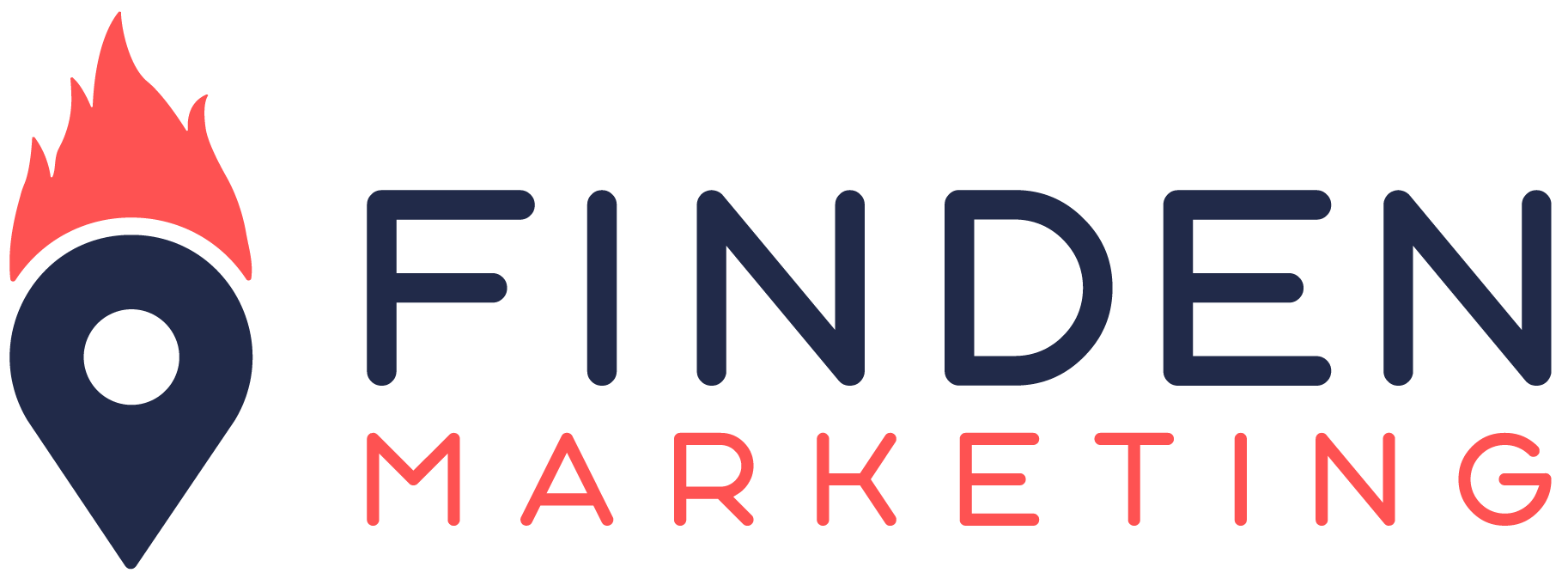In the world of website design, it’s easy to get lost in a sea of marketing terminology that sounds like it’s from another planet. But don’t worry—understanding the language of websites doesn’t require a degree in tech. Whether you’re launching a new site or simply trying to grasp what your web designer is saying, this guide is here to break down the jargon into simple, everyday language. We’ve got the basics covered, along with some more technical terms, so you can confidently navigate the digital landscape. Let’s decode the essential marketing terminology of website design!
1. Domain Name
Think of a domain name as your website’s address on the internet. Just like your home address tells people where you live, a domain name tells visitors where to find your website. It usually looks something like “www.yourbusinessname.com.”
2. Hosting
Hosting is like renting space on the internet for your website. Just as you need a physical space to open a shop, your website needs digital space to exist online. A hosting service provides the servers where your website’s files live and are accessible to visitors.
3. CMS (Content Management System)
A CMS is a tool that allows you to manage your website content without needing to know how to code. Think of it like a digital filing cabinet where you can easily store and organize all your website’s information, images, and pages. Popular examples include WordPress and Shopify.
4. Responsive Design
Responsive design means that your website automatically adjusts its layout and content to look good on any device, whether it’s a phone, tablet, or desktop computer. It ensures that visitors have a great experience no matter how they access your site.
5. SEO (Search Engine Optimization)
SEO is the practice of improving your website so it shows up higher in search engine results, like Google. It’s all about using the right keywords, having quality content, and ensuring your site is easy to navigate. In simple terms, SEO helps people find your website when they search for related topics online.
6. UX (User Experience)
UX refers to the overall experience a person has when they visit your website. It’s all about making your site easy to use and enjoyable. Good UX means visitors can find what they’re looking for quickly and easily without getting frustrated.
7. UI (User Interface)
UI is about the visual elements of your website, like buttons, menus, and icons. It’s how everything looks and feels, and it plays a big role in UX. A good UI is intuitive, meaning users know how to interact with it without needing a manual.
8. Call to Action (CTA)
A CTA is a prompt on your website that tells visitors to take some kind of action. It can be a button or a link, usually saying things like “Sign Up,” “Buy Now,” or “Contact Us.” It’s like a friendly nudge, guiding users toward what you want them to do next.
9. Landing Page
A landing page is a specific page on your website designed for a particular purpose, such as promoting a product or capturing leads. It’s the first page a visitor lands on after clicking a link from an ad or an email. The goal is to encourage a specific action, like signing up for a newsletter or making a purchase.
10. Bounce Rate
Bounce rate is a measure of how many visitors leave your website after viewing just one page. A high bounce rate might mean that visitors aren’t finding what they’re looking for, or your site is difficult to navigate. Lowering your bounce rate often involves improving content and UX.
11. SSL Certificate
An SSL certificate is a security feature that encrypts the data sent between your website and its visitors. It’s what gives you the “https://” prefix and a little padlock icon in the browser’s address bar. It’s essential for protecting sensitive information and building trust with your users.
12. Analytics
Analytics tools, like Google Analytics, track and report website traffic and user behavior. They give you valuable insights into who visits your site, what they do while they’re there, and how long they stay. It’s like having a behind-the-scenes look at your website’s performance.
13. Widgets
Widgets are small applications or tools that you can add to your website, like a contact form, a social media feed, or a weather update. They provide extra functionality and make your site more interactive.
14. Responsive Images
These are images that automatically adjust to fit different screen sizes and resolutions. This ensures that images look good and load quickly, regardless of the device used to view your website.
15. Footer
The footer is the bottom section of your website that typically contains important links, like contact information, privacy policy, and social media icons. It’s a great place for additional navigation and essential information.
15 more marketing terminology that you should know if you own a business
16. Backend
The backend is the behind-the-scenes part of a website that users don’t see. It’s where all the technical magic happens, like managing databases and running the server. Think of it as the engine room of a ship—crucial for keeping everything running smoothly.
17. Frontend
The frontend is the part of the website that visitors interact with. It includes everything you see on the screen, like text, images, buttons, and menus. It’s all about presentation and how the site looks and feels to users.
18. HTML (HyperText Markup Language)
HTML is the standard coding language used to create the structure of a webpage. It’s like the skeleton of your website, defining where everything goes and how it’s organized. For instance, it tells the browser where to place headings, paragraphs, and images.
19. CSS (Cascading Style Sheets)
CSS is what styles your website. It works alongside HTML to determine the appearance of your site, including colors, fonts, and layouts. If HTML is the skeleton, CSS is the clothing and accessories that make your website look good.
20. JavaScript
JavaScript is a programming language that adds interactivity to your website. It’s what makes things happen when users click buttons, hover over elements, or scroll through a page. For example, it’s used to create image sliders, pop-up messages, and form validations.
21. API (Application Programming Interface)
An API is a set of rules and tools that allows different software applications to communicate with each other. In website design, APIs can be used to integrate external services, like payment gateways, social media feeds, or weather data, into your site.
22. SSL/TLS (Secure Sockets Layer/Transport Layer Security)
SSL and TLS are protocols that secure the data exchanged between a website and its users. They encrypt sensitive information like credit card numbers, ensuring safe transactions. The difference between the two is mostly technical, but both are crucial for online security.
23. DNS (Domain Name System)
The DNS acts like the internet’s phonebook. When you type a website’s domain name into your browser, the DNS translates it into an IP address that computers use to locate the website. Without DNS, you’d have to remember complex numerical addresses instead of simple names like “google.com.”
24. Cache
A cache stores temporary data to make websites load faster. When you visit a website, certain elements are stored in the cache so that next time you visit, the browser can load the page quicker without fetching everything from scratch. It’s like a memory bank for your browsing history.
25. Cookies
Cookies are small pieces of data stored on your browser by websites you visit. They remember information about your visit, like login details or preferences, so you don’t have to re-enter them every time. While useful, they also raise privacy concerns, which is why websites often ask for your consent to use them.
26. Bandwidth
Bandwidth refers to the amount of data that can be transmitted over an internet connection in a given time period. In website terms, it affects how fast and smoothly your site can load for visitors. High bandwidth means more data can be transferred quickly, improving user experience.
27. HTTP/HTTPS (HyperText Transfer Protocol/Secure)
HTTP is the protocol used for transferring data over the web. HTTPS is the secure version of HTTP, which means it includes SSL/TLS encryption for added security. You’ll often see HTTPS in the URL bar of your browser, indicating that the website is secure.
28. Wireframe
A wireframe is a simple sketch or blueprint of a website’s layout. It’s used to plan the structure and flow of a site before adding design elements. Think of it as an architectural blueprint that outlines the basic framework of your future website.
29. Plugin
A plugin is a piece of software that adds specific features or functions to your website. For example, if you want to add a photo gallery or a shopping cart, you can use a plugin instead of building the feature from scratch. They’re like apps for your website, extending its capabilities.
30. Viewport
The viewport is the visible area of a web page on a screen. Its size can change depending on the device being used, such as a desktop, tablet, or smartphone. Designing for different viewports is crucial for responsive design, ensuring that your website looks good on all devices.
31. 301 Redirect
A 301 redirect is a permanent redirect from one URL to another. It’s used when a webpage has been moved or removed, helping to preserve SEO rankings and user experience. For example, if you change your website’s domain, a 301 redirect ensures visitors who go to the old domain are automatically taken to the new one.
32. Alt Text
Alt text is a description added to images on a website that helps with accessibility and SEO. It provides a text alternative for screen readers used by visually impaired users and also helps search engines understand what the image is about.
Wrapping It Up
Website design doesn’t have to be a maze of confusing terminology. Understanding these key concepts will help you communicate more effectively with designers and developers, ensuring your vision comes to life just as you imagined. At Finden Marketing, we’re here to make the process as smooth and straightforward as possible. So, the next time someone throws around terms like “SSL certificate” or “301 redirect,” you’ll know exactly what they mean! Happy web surfing!
About Finden Marketing
Finden Marketing is a Duluth, Minnesota-based marketing firm that provides comprehensive marketing solutions to all sizes of businesses. With plans starting at less than $1,500 Finden Marketing works with all marketing budgets. Their team offers a range of services including market research, advertising, branding, public relations, digital marketing, and website design. With a team of experienced marketing professionals and a commitment to delivering results, Finden Marketing helps businesses achieve their marketing goals. Furthermore, this helps them reach new levels of success. Whether a business is looking to establish a strong brand presence, increase visibility, drive sales, or build customer loyalty, Finden Marketing has the expertise and resources to help make it happen.
Additionally, with awards including the Best Consulting Firm in Duluth, Best Graphic Designer in Duluth, Best Website Designer in Duluth, and Best of Minnesota. Finden Marketing is here to help you with your marketing needs. Get your free business consultation to see how you can grow your business through marketing, today. To learn more about Finden Marketing visit us at our office in Duluth, Minnesota.
Make sure to stay in touch with us: Facebook | Instagram | LinkedIn | Website
Additionally, for more great blogs make sure to check out our website at findenmarketing.com/weekly-ember
Here are some other blogs you might find interesting
https://findenmarketing.com/website_96c60642/whats-the-difference-between-a-logo-and-branding
https://findenmarketing.com/website_96c60642/why-investing-in-branding-matters
Contact Finden Marketing
Email: info@findenmarketing.com
Website: Finden Marketing
Phone: (507)-696-6493


